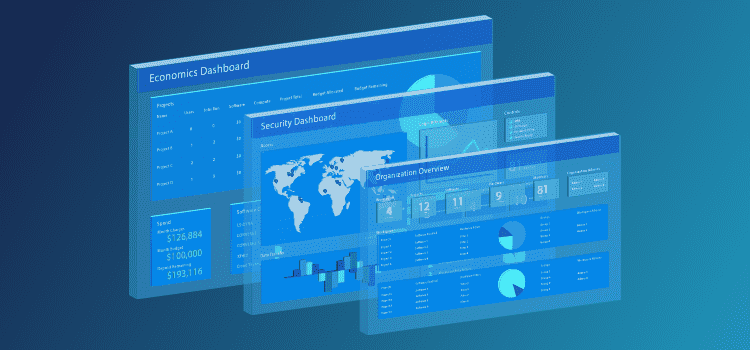Engineering Simulation in the Cloud

Use of cloud computing is growing rapidly across various functions in the enterprise, due to the compelling cost and speed advantages of the cloud. IDC estimates that corporate spending on third-party-managed and public-cloud environments will grow from $28 billion in 2011 to more than $70 billion in 2015, resulting in 25% year-over-year growth.
In addition, a recent McKinsey survey found that eighty percent of large North American institutions are planning or executing programs to make use of cloud environments to host critical applications. Some executives cited examples of 60 to 70 percent savings by replacing custom-developed internal applications with software-as-a-service alternatives sourced from the public cloud.
In industries where product development is compute-intensive, such as aerospace, automotive, oil & gas, and general sciences, engineering and IT executives need to carefully consider the benefits (and risks) of the cloud. Taking engineering simulation as an example, the benefits of running simulations in the cloud are numerous:
- No capital expenditures – engineers can access the best available computing power on demand. This provides companies more flexibility with respect to internal HPC clusters. They can handle peak loads in the cloud, and there is no longer a need to upgrade every two years.
- Pay per use – in addition to enabling companies to run inexpensive experiments in the cloud, the pay-per-use model of many cloud services providers helps companies more effectively manage spending during the natural peaks and troughs of business cycles. Companies also don’t have to worry about their HPC capacity utilization levels; this payment model essentially ensures 100% capacity utilization, which is far from the case today with in-house HPC clusters.
- Improve engineering efficiency – access to essentially unlimited computing power, specifically computing configurations that are optimized to specific engineering analyses, saves engineers time and improves overall efficiency, as engineers spend less time waiting for jobs to start and finish. This can lead to significantly shortened product development cycles, saving companies time and money.
- Iterate early and often to get to a better design – running more simulations earlier in the design process results in better understanding of the full design space, and can often lead to improved designs as engineers can quickly find out what works and what doesn’t.
To truly take advantage of the aforementioned benefits, executives need to spend time understanding a few potential areas of risk. The first and most important is data security. Cloud services providers, especially ones that operate in industries that work with sensitive, proprietary, or otherwise confidential data, need to ensure that customer data will be secure in the cloud. Another potential risk factor is ease of use for engineers. Any cloud workflows need to be simple, utilizing tools and processes that engineers are already familiar with.
Finally, the scalability and reliability of any cloud simulation offering is highly important. Potential customers need to ask questions about (a) how effectively simulations will scale in the cloud, and (b) the uptime of the underlying cloud computing infrastructure. Answers to these questions will help customers understand if they can fully realize the benefits they expect.
Rescale was formed to let engineers and scientists take advantage of the tremendous progress made in cloud computing capabilities. Our platform gives any engineer or scientist the capability to run large simulations in the cloud. We have worked hard to resolve many of the underlying issues with running engineering simulations in the cloud. Our platform comes with the following features:
- Data security – at Rescale, this is our #1 priority. We offer an end-to-end encrypted system that always keeps your data secure.
- Ease of use and flexibility – our web browser interface makes it straightforward for any engineer or scientist to set up and run large simulation workflows. In addition, we support any third-party, open-source, or proprietary code. Engineering can use the tools they are already familiar with.
- Scalability – users can run up to 1,000 high-performance computing nodes in parallel.
Our customers experience tremendous financial and engineering benefits. Rescale delivers high returns on investment in a matter of weeks, if not days. Given that customers can run 100x more simulations in the same time frame, managers often see a massive boost in engineering productivity. Engineers spend time improving designs, not waiting for the next run to start or finish. More simulations throughout the design process leads to a better understanding of the design space, leading to improved designs, resulting in better products. Over the long term, we strongly believe that this will directly lead to a sustainable competitive advantage for customers in the market.
To learn more, contact us at sales@rescale.com








